Simon and Christel Chater
Holy Brook valley, near Buckfastleigh
The beginning of a wildflower meadow journey
This is the big sloping field beside our home on “Day 1” of our participation in Moor Meadows. It’s been grazed conventionally every year since I came here in 1982 and you can see how species-poor it is. In 2021, for the first time, we will delay grazing until late July – and see what happens!
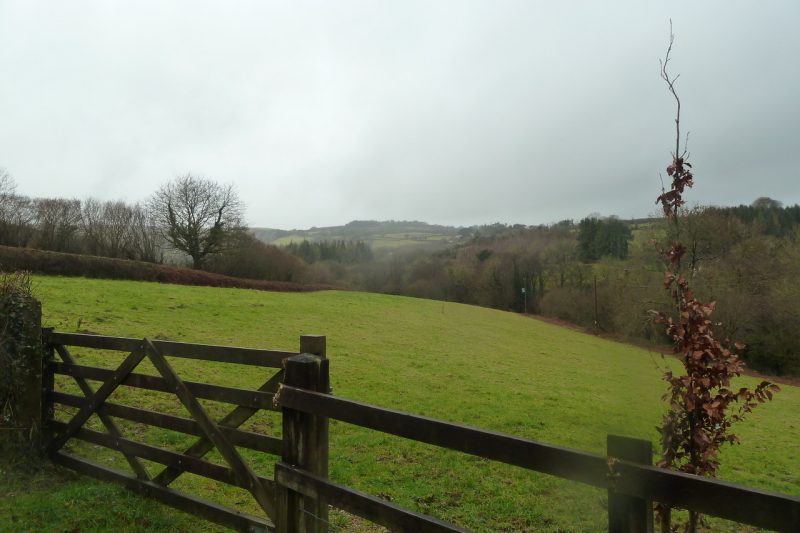
We have several other plots that are, or will be, managed in different ways. An area of wetland between our leat and the Holy Brook is rewilding – it has not been grazed for about 10 years and is now rich in species, albeit with some unfortunate invaders (Himalayan balsam).
Last year we restored the leat, creating walkways alongside it, and planted a couple of clumps of moisture-loving tree species, such as hazel, goat willow, downy birch and dog wood, to encourage wildlife and store carbon at the same time as soaking up some of the water.

A wetland pasture bordering the brook has been conventionally grazed until now. In November last year we planted clumps of trees here, but leaving spaces in between so that wetland floral species can make a comeback – we hope to see some orchids.

We would like to take a late hay crop from this land, if this looks worthwhile. Further up the slope is a former orchard, also grazed conventionally these past 35 years and more. Here we have planted belts of tree species that do well in drier conditions, such as sessile oak, wild cherry and dog rose. A few fruit trees will be added later. Again, we will seek to take a hay crop from this area in late July.
More images of our progress with the meadow will be added in due course.
Other "Me and my Meadow" stories
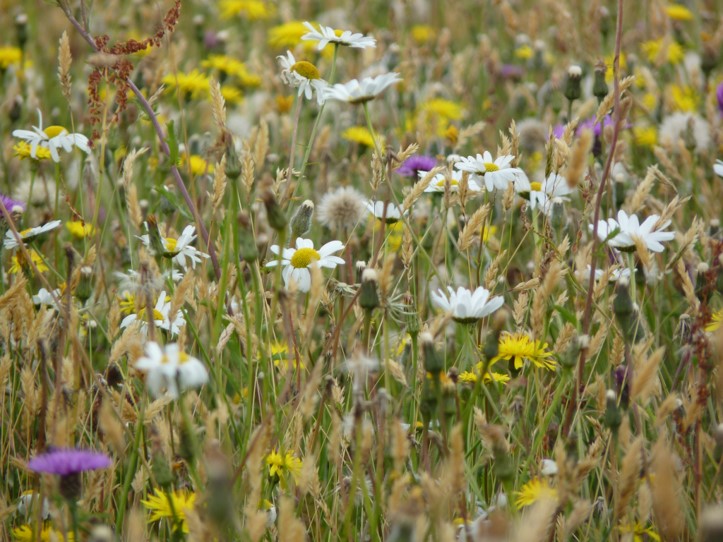
Julian Pady and Alison Andrews
Goren Farm, Honiton
Goren Farm has been in the family since 1955 and was farmed as an extensive dairy farm up until 1990. Since then the fields have been set to hay meadows to develop a natural balance with nature
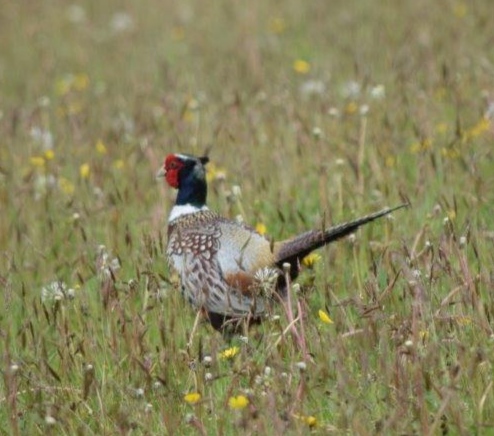
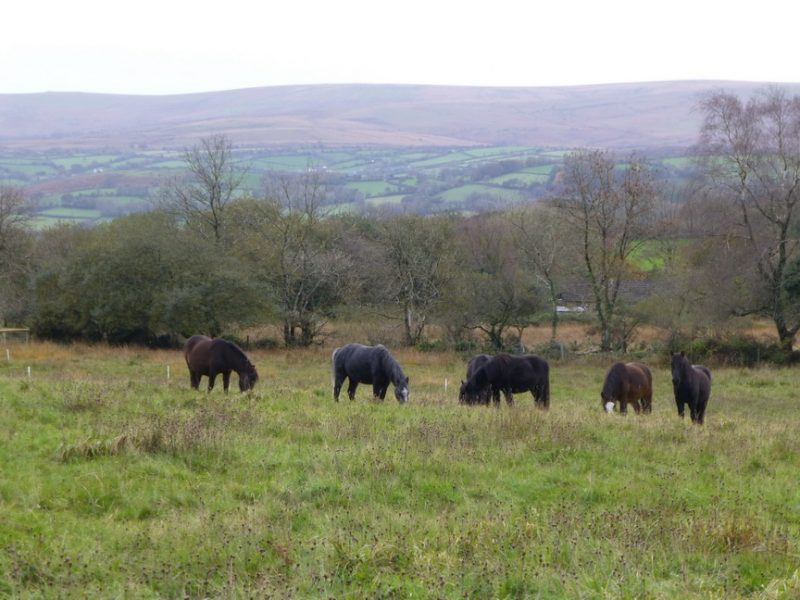
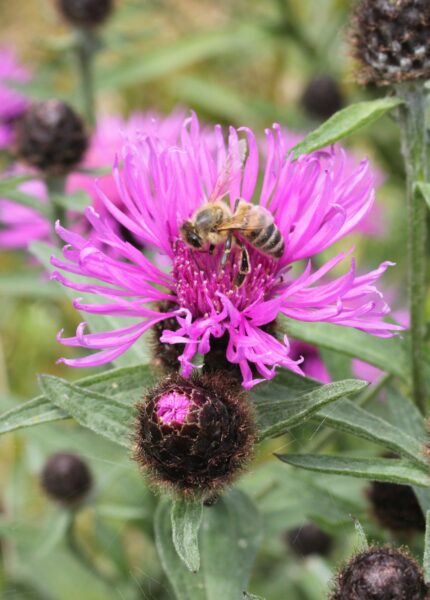
Andrew and Kate Brown
Near Cotehele, Cornwall
A wildlife haven in the Tamar Valley with traditional hay meadows, orchards and woodland
